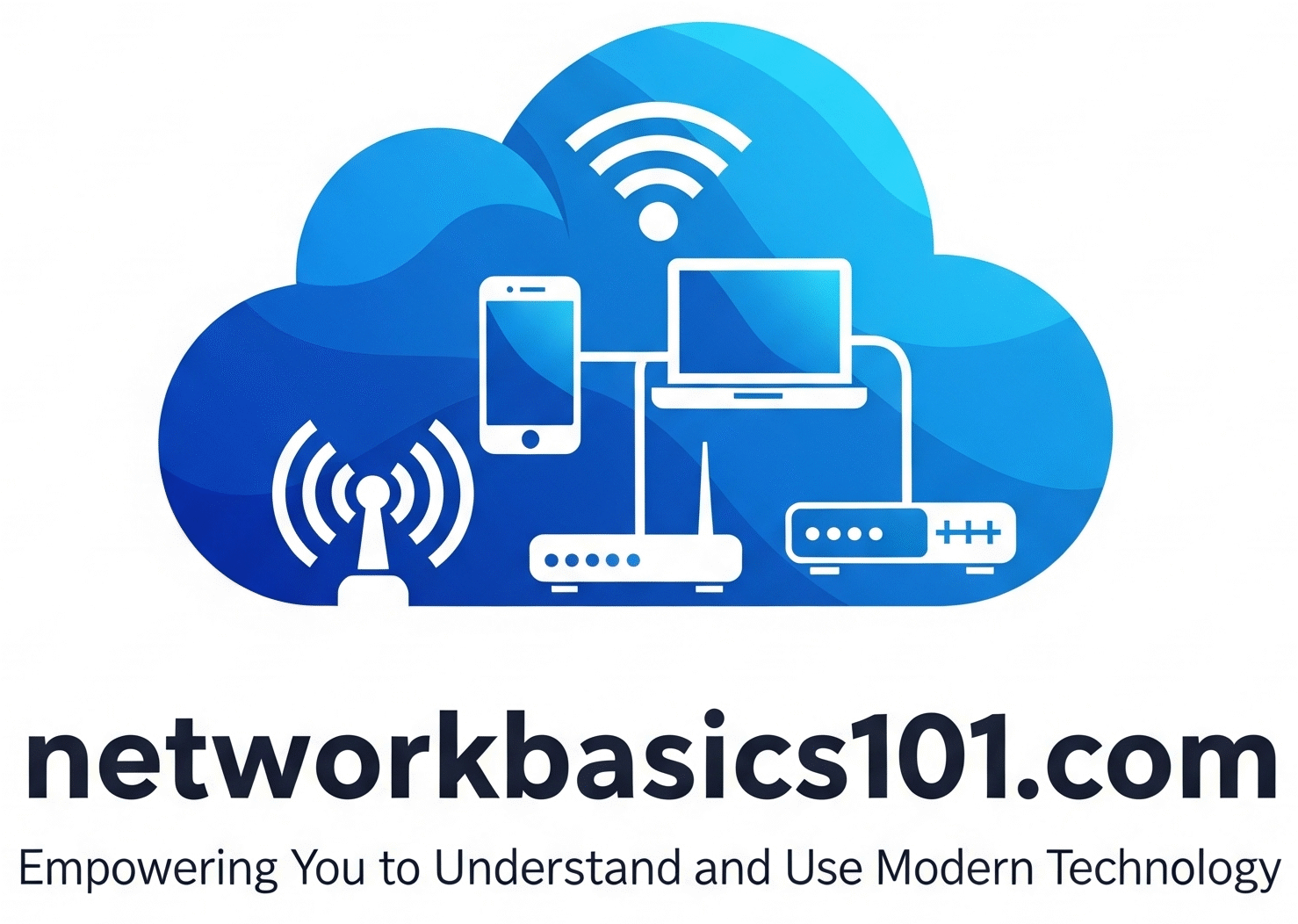Ever looked at your internet bill and seen terms like “100 Mbps” or “1 Gig” and wondered what they actually mean in real life? You’re not alone! Internet speeds can be confusing, but understanding these units can help you determine if your internet plan is right for your online activities. Let’s break it down in simple terms.
Bits, Bytes, and Speed
First, let’s touch on the basic units of digital information. Think of a bit as the smallest piece of information, like a single light switch that’s either on or off. A group of 8 bits makes a byte, which can represent a letter, number, or symbol.
When we talk about internet speed, we’re usually referring to how many bits can be transferred per second. That’s where Mbps and Gbps come in:
- Mbps stands for Megabits per second. “Mega” means million, so 1 Mbps means one million bits of data can be transferred every second.
- Gbps stands for Gigabits per second. “Giga” means billion, so 1 Gbps means one billion bits of data can be transferred every second. Notice that a Gigabit is 1,000 Megabits!
Think of a Water Pipe:
Imagine your internet connection as a water pipe. The bandwidth, or speed, of your connection (measured in Mbps or Gbps) is like the width of the pipe. A wider pipe (higher Mbps/Gbps) means more water (data) can flow through at the same time. This allows you to do more things online simultaneously and download or upload files faster. A narrower pipe (lower Mbps) means less data can flow through at once, which can lead to buffering when streaming or slow download times.
What Can You Do With Different Speeds?
Here’s a general idea of what different internet speeds allow you to do:
- Up to 25 Mbps: Suitable for basic Browse, email, and perhaps one person streaming standard definition video.
- 25 – 100 Mbps: Good for multiple users Browse, streaming high-definition video, and some online gaming.
- 100 – 500 Mbps: Ideal for families with multiple devices, streaming in 4K, online gaming, and video conferencing.
- 500 Mbps – 1 Gbps (and beyond): Excellent for households with many heavy internet users, simultaneous 4K streaming, downloading large files quickly, and competitive online gaming.
Important Note: These are just general guidelines. The actual performance can also depend on the number of devices you have connected and what they are doing simultaneously.
The Truth About “Up to” Speeds
You’ve probably seen internet providers advertise speeds like “up to 1 Gbps” or “speeds of up to 500 Mbps.” It’s important to understand that the phrase “up to” is a maximum, not a guarantee. Your actual speed can vary a lot, and there are several reasons why you might not be getting the advertised top speed:
- Network Congestion: Just like a highway can get congested during rush hour, an internet network can slow down during peak usage times (like evenings when everyone is home).
- Your Home Setup: The type of router you have, the quality of the cables, and even the number of devices on your network can affect your speed. Older equipment might not be able to handle gigabit speeds.
- The Server You’re Connecting To: The website or service you are trying to access also has a server. If that server is busy or located far away, it can’t send you data at a faster rate than it’s capable of, regardless of your home internet speed.
In Simple Terms:
Mbps and Gbps tell you how much data can travel through your internet connection per second. Higher numbers mean a faster and more capable connection, allowing you to enjoy more online activities without slowdowns. Just remember that the “up to” speeds from your provider are the best-case scenario, and your actual performance can vary.
